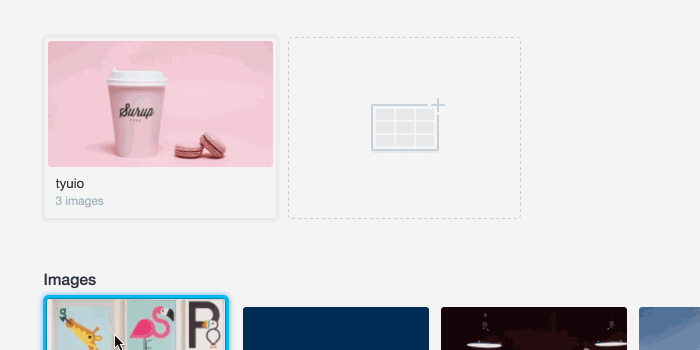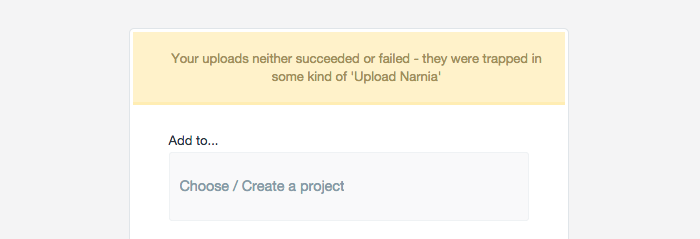The details are difficult to include when you’re building a product; they’re expensive both in terms of time and technical overhead — which is why they’re rare. I spend my time in pursuit of these details, and as the designer and developer of Prevue, I have two luxuries which thankfully afford me the ability to obsess over them:
The first is that I have the capacity to use, improve and repeat. I’m not just talking about about the technical ability to implement the details — I’m also talking about having the time to do so. Sometimes an interaction will take me 50% longer to build, simply because I’ve spent hours obsessing about the animated states that occur over a 0.65 second duration. That’s not a luxury that many products can afford, or are willing to build into scope. Understandably so.
The second is that I use my product, for real, every single day. If there’s an annoying interaction, unnecessarily lengthy animation or a dumb user-flow — the chances are pretty high that I’m going to spot it. That’s the difference between functional testing:
“Does X do Y when you press Z?”
Versus true-to-life user-testing:
“Does the product intuitively help me achieve a task,
quickly, when I’m up against a deadline?”
But let’s be honest; using a product over-and-over, re-building functionality, and obsessing about the little things takes a lot of time — perhaps a luxury afforded to side-projects like Prevue, or products with too much money. They’re usually too hard to justify, and they’re definitely the first thing to be sacrificed when push comes to shove. That’s probably why Ludwig Mies van der Rohe only designed a handful of buildings that weren’t ugly skyscrapers — or why Prevue doesn’t ship features very often.
Having spent the last 7 years polishing my own side-project, I’ve learned where to look for “quick wins” when it comes to building detail-oriented design into larger, fast-moving commercial products. So instead of professing to knowing the perfect solution for forcing “detail-mining” into your release schedule, I thought I’d share a few places where you can start looking for improvement in your own projects, and why those details can make all the difference.








